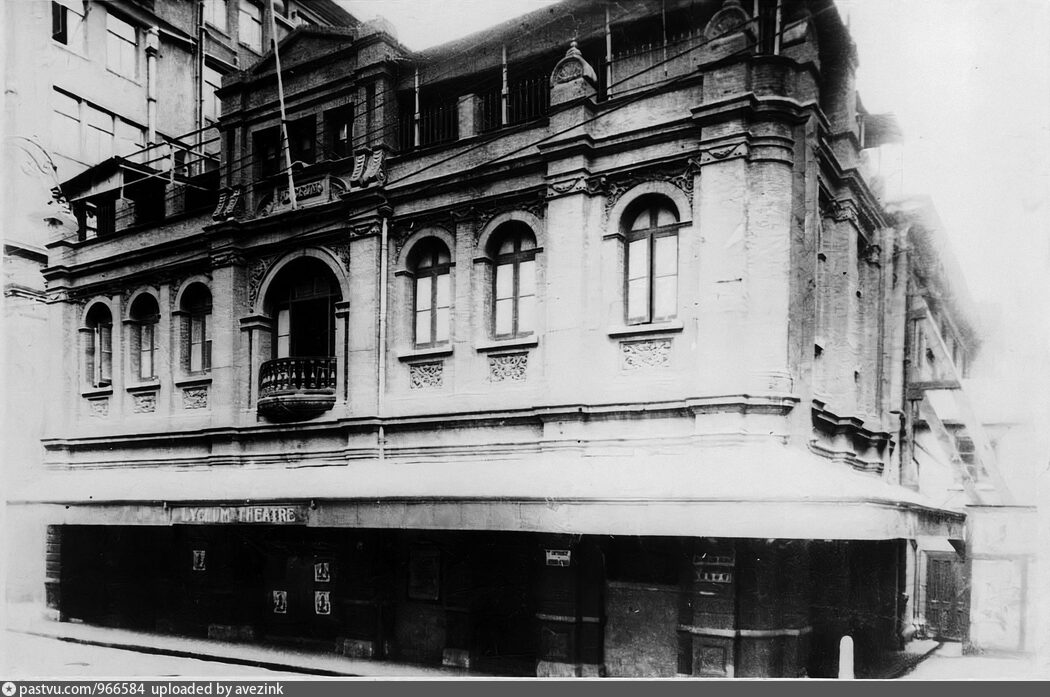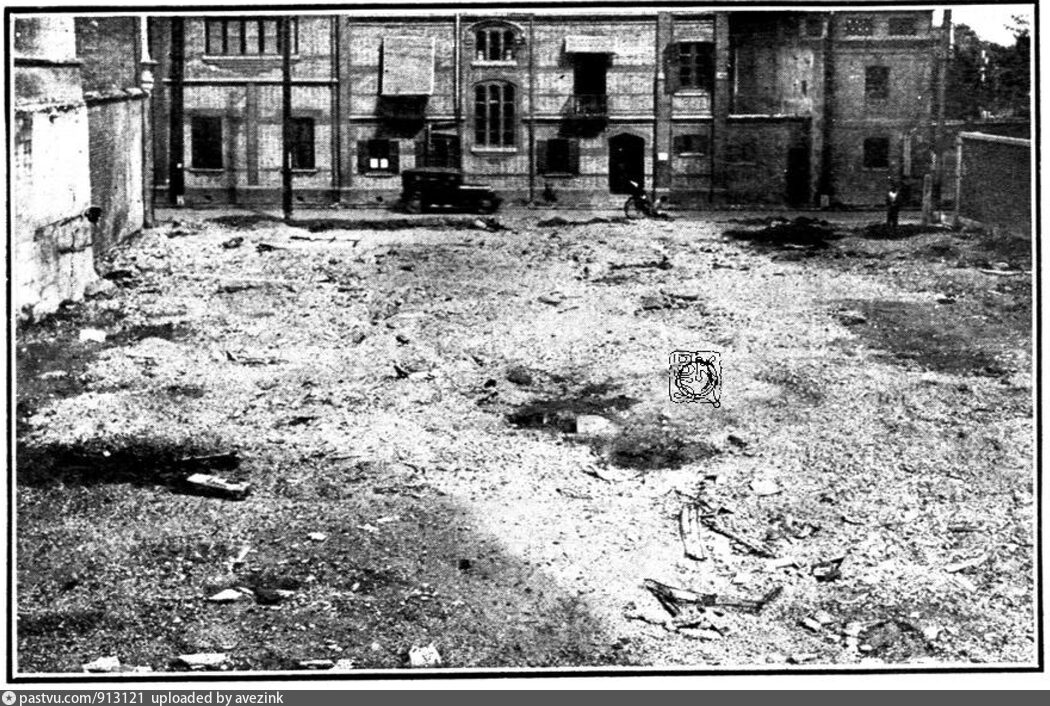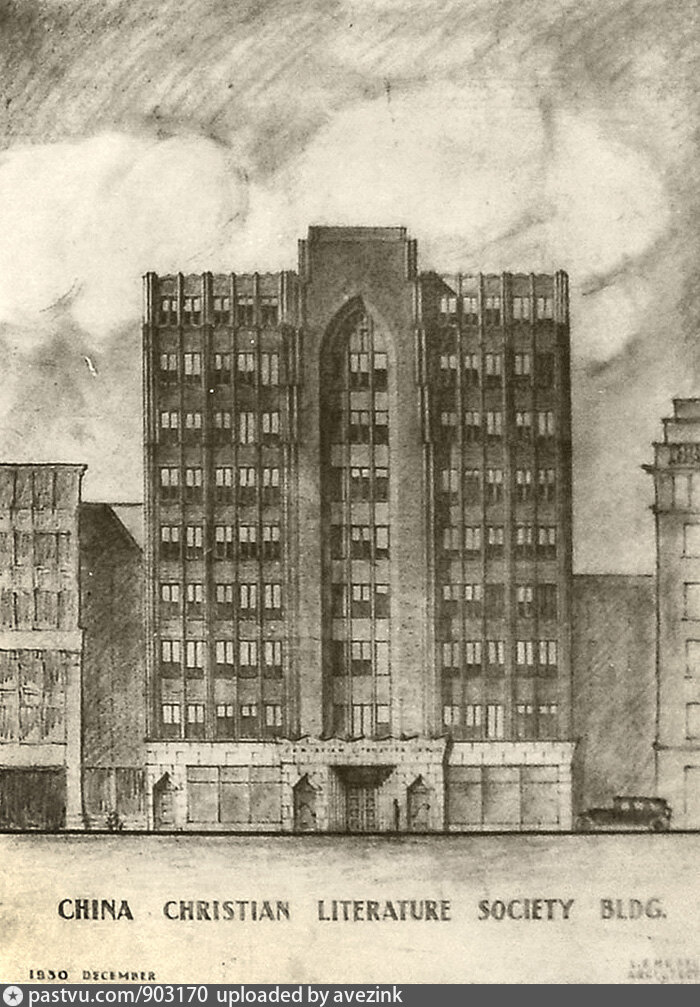Lyceum Godown (1927)

There’s a tour coming up, on January 30, of the Lyceum Godown 兰心大楼, on Yuanmingyuan Road (圆明园路185号). This is a very interesting building, and it would be great to see it from inside, where there are “glorious mosaics, exquisite ironwork, and beautiful views”.
The plans to construct Lyceum Godown were announced in late 1926. Over the next year, this two-in-one office and warehouse, owned by Shanghai Land Investment Co., emerged on the lot next the old Lyceum Theatre. The engineering and aesthetic of the Lyceum Godown were a significant departure from the usual storage and office spaces. Local warehouses used to burn down often, so the fireproofing became the point of pride for the new building. The offices were also of a new, upgraded kind - overlooking the British Consulate grounds and “arranged in spacious, well-lighted and ventilated suites”, with “hot-water heating and an express passenger lift”. The storage space came up to almost 10,000 sq. feet on each of the seven floors; the office space amounted to 15,000 sq. feet.
The journalists of the time identified Lyceum Godown’s architectural style as Italian Renaissance. They remarked on its “granite dressings and special golden-colored facing bricks” and especially mentioned the “campanile” on the Yuen Ming Yuen (Yuanmingyuan) Road facade (the warehouse part of the building faced Museum Road). The emergence of the Lyceum Godown and its remarkable tower visually changed the famous Shanghai skyline: the north end of the Bund finally received some interesting height variation above the green grounds of the British Consulate.

“Campanile” of the Lyceum Godown seen from across the river, in 1929.
Who designed the Lyceum Godown? Most likely, it was the American Bright Fraser, who became an architect with Shanghai Land Investment Co. in the beginning of 1926. Since his employment, the company accomplished other developments on Museum Road, such as Museum Godown, built on a lot further to the south, and Ben Godown next to it. None of these buildings survive to this day, and neither does the Beth Aharon Synagogue, built still further to the south, also in 1927. Only the Lyceum Godown still exists, exemplifying the dawn of the new era for Shanghai’s downtown office buildings.

Map from 1939. Virtual Shanghai.

Ad for the finished Lyceum Godown, shown from Yuanmingyuan Road, in 1929.

Project of Museum Godown, which stood to the right of Lyceum Godown, facing Museum Road.
The Lyceum Theatre, facing Museum Road (Huqiu Lu 虎丘路), remained standing side by side with the Lyceum Godown for another two years. In October 1929, the old theatre was torn down, to be immediately rebuilt in the French Concession. The vacant lot on Museum Road was purchased by the Christian Literature Society in 1930, and soon a new building was rising, which stands to this day.

The Lyceum Theatre, completed in January 1874, is shown here during its last years of existence, in 1928.

"Lyceum Theatre is no more: A scene of desolation greets the eye where the old Lyceum Theatre used to stand. This picture was taken from Museum Road, facing Yuen Ming Yuen Road." North-China Daily News, October 1929.

Christian Literature Society Building, designed by L. E. Hudec.